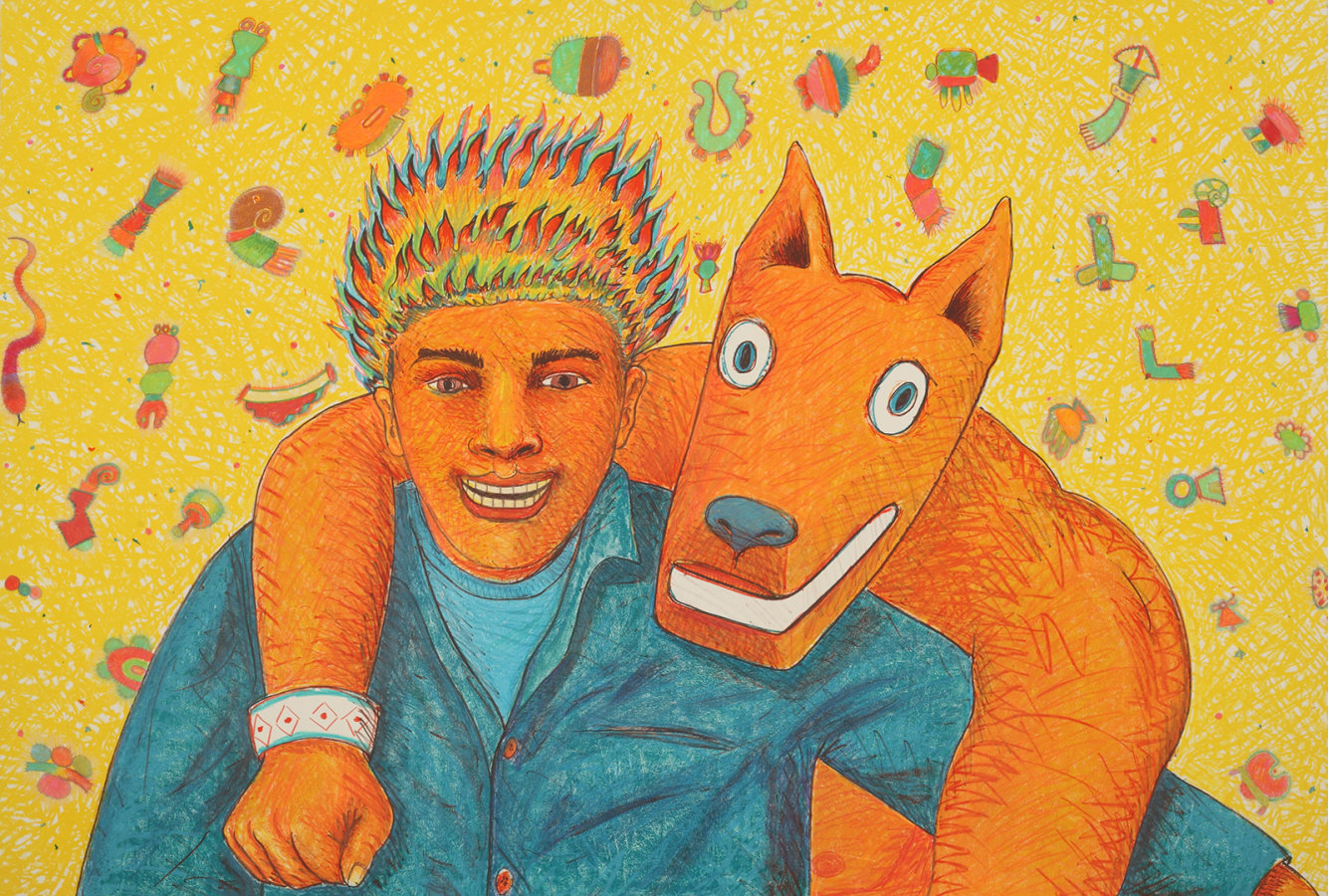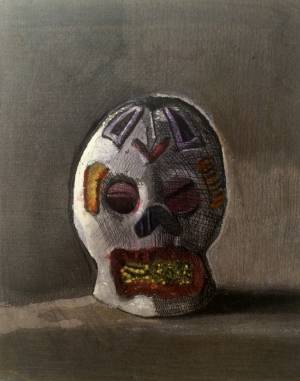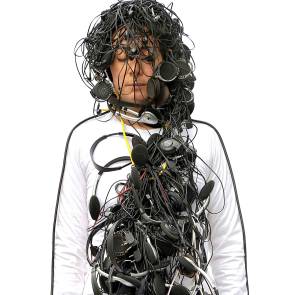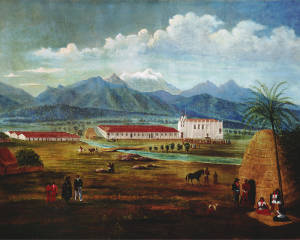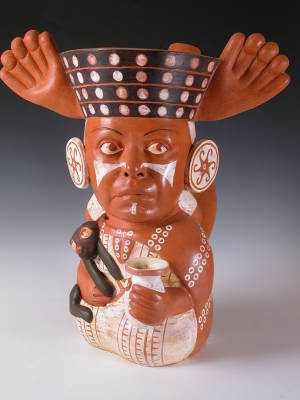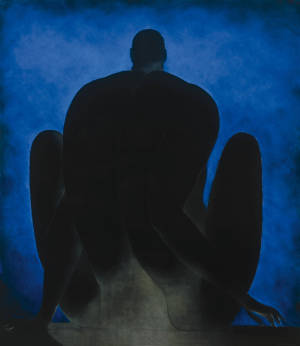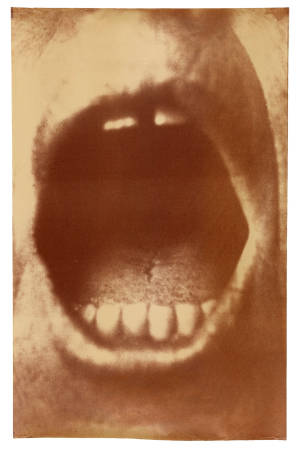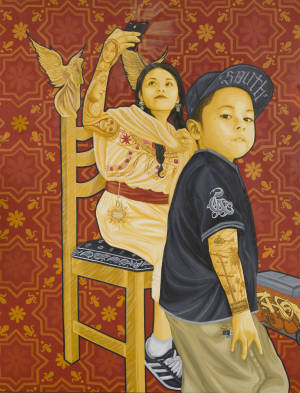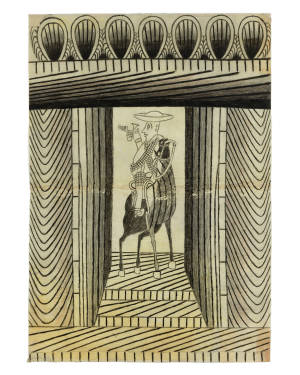Luján is known for his colorful and visually complex explorations of Chicano culture and community, often resulting in pyramid-mounted low riders driven by anthropomorphic dogs through a mythologized LA
University Art Galleries, UC Irvine (UAG) will present the first survey of one of the most iconic figures of the Chicano Art Movement, Gilbert "Magu" Luján (1940–2011) and an accompanying publication. One of the founding members of the Chicano artists collective Los Four, Luján is known for his colorful and visually complex explorations of Chicano culture and community that drew upon and brought to life various historic and contemporary visual sources with startling results: Pyramid-mounted low riders driven by anthropomorphic dogs traversing a newly defined and mythologized L.A. He was part of a small group of dedicated artists and intellectuals who set about defining a Chicano identity and culture as part of the Civil Rights movement of the 1960s. The UAG’s retrospective will focus on creativity and invention in Luján's work in a myriad of sketches and drawings, paintings, and sculptures. Luján combined two world-making concepts, Aztlán, the mythic northern ancestral home of the indigenous Mexican Aztecs that became a charged symbol of Chicano activism; and Magulandia, the term Luján coined for the space in which he lived and produced his work, and for his work as a whole. Together, Aztlán and Magulandia represented both physical spaces and the complex cultural, geographic, and conceptual relationships that exist between Los Angeles and Mexico and served as dual landscapes for Luján’s artistic philosophy and cultural creativity.
Luján is known for his colorful and visually complex explorations of Chicano culture and community, often resulting in pyramid-mounted low riders driven by anthropomorphic dogs through a mythologized LA
University Art Galleries, UC Irvine (UAG) will present the first survey of one of the most iconic figures of the Chicano Art Movement, Gilbert "Magu" Luján (1940–2011) and an accompanying publication. One of the founding members of the Chicano artists collective Los Four, Luján is known for his colorful and visually complex explorations of Chicano culture and community that drew upon and brought to life various historic and contemporary visual sources with startling results: Pyramid-mounted low riders driven by anthropomorphic dogs traversing a newly defined and mythologized L.A. He was part of a small group of dedicated artists and intellectuals who set about defining a Chicano identity and culture as part of the Civil Rights movement of the 1960s. The UAG’s retrospective will focus on creativity and invention in Luján's work in a myriad of sketches and drawings, paintings, and sculptures. Luján combined two world-making concepts, Aztlán, the mythic northern ancestral home of the indigenous Mexican Aztecs that became a charged symbol of Chicano activism; and Magulandia, the term Luján coined for the space in which he lived and produced his work, and for his work as a whole. Together, Aztlán and Magulandia represented both physical spaces and the complex cultural, geographic, and conceptual relationships that exist between Los Angeles and Mexico and served as dual landscapes for Luján’s artistic philosophy and cultural creativity.
Show More...

